In Japanese anime and manga, characters often speak in distinct ways that immediately reveal their personality, social status, or background. This phenomenon is known as “role language” (役割語, yakuwarigo), a fascinating linguistic feature that helps create strong character identities.
For example, a refined lady might say “Gokigen’yō. Kore o gozonji naidesu no?” (Hello. Don’t you know this?) while a rough delinquent might say “Oi! Temē! Nande shiranē nda yo! !” (“Hey! You! Why don’t you know?!”). These unique speech styles don’t just add flavor to dialogues—they shape how we perceive a character.
In this article, we’ll break down the concept of role language and introduce some well-known anime characters who use it!
1. What Is Role Language?
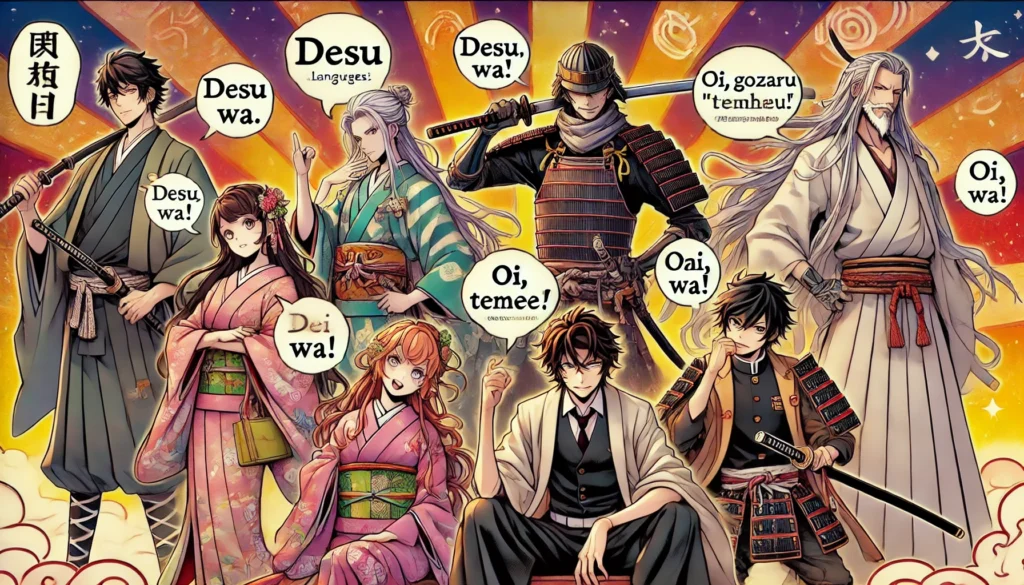
Role language refers to stereotypical speech patterns associated with specific character types. Unlike standard Japanese, which follows grammatical and cultural norms, role language is an exaggerated way of speaking, often used in fiction to instantly convey a character’s identity.
Why does this exist in Japanese? Unlike English, Japanese has a highly nuanced system of personal pronouns, verb endings, and honorific speech that naturally allows for character-specific speech patterns. As a result, different roles—such as nobles, warriors, delinquents, or elderly people—develop their own distinct ways of speaking.
That said, native Japanese speakers almost never use role language in real life. No one actually speaks like an anime noblewoman, a samurai, or a 1950s gangster. Role language is a creative tool used mainly in fiction, theater, and entertainment.
2. Common Types of Role Language & Famous Characters
Now, let’s look at some of the most famous role language patterns in anime and manga, along with iconic characters who use them!
① The Refined Ojou-sama (Noblewoman) Speech
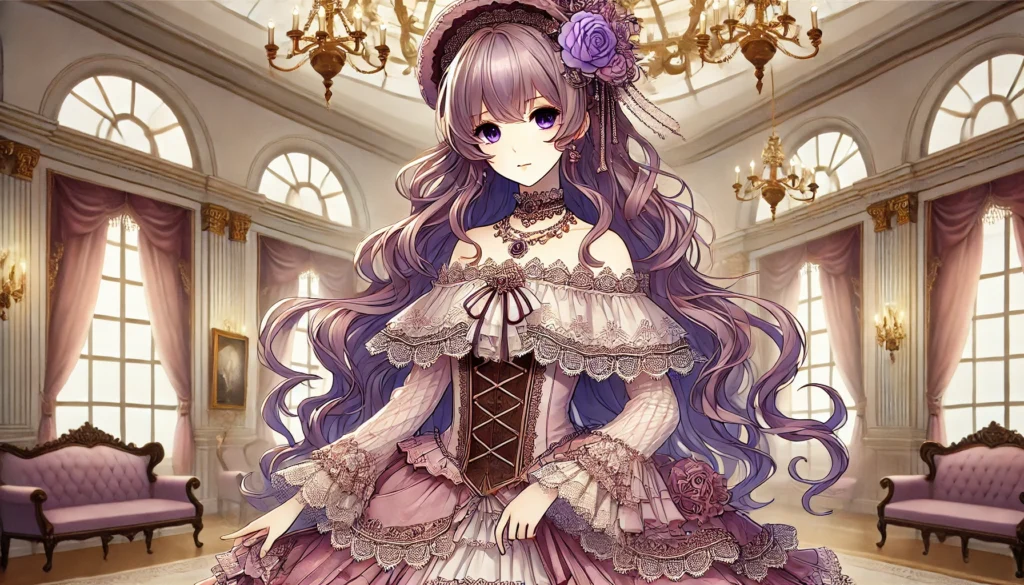
Characteristics:
• Elegant speech with “desu wa” or “desu no” at the end of sentences
• Uses the formal first-person pronoun “watakushi” instead of “watashi”
• Polite but slightly condescending tone
• Greets people with “Gokigenyou” instead of “Konnichiwa”
Famous Characters:
• Momo Yaoyorozu (My Hero Academia)
• Hyakumantenbara Salome (Popular Japanese Vtuber)
Noblewoman characters are often portrayed as wealthy, highly educated, and slightly arrogant, but they usually have a kind and caring side as well.
② The Samurai/Old-Fashioned Warrior Speech
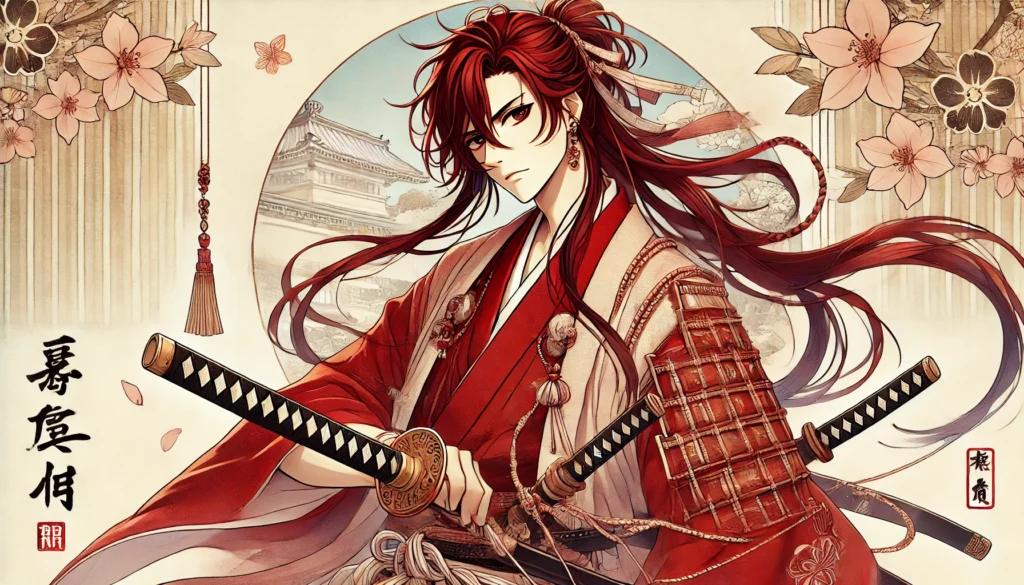
Characteristics:
• Uses ancient Japanese words like “sessha” (I), “de gozaru” (formal speech ending), and “nanjato!?” (What!?)
• Speaks in a stiff, overly polite manner
• Sounds like a character straight out of a historical samurai drama
Famous Characters:
• Kensin Himura (Rurouni Kenshin)
• Kinemon (ONE PIECE)
Samurai-style speech is often used by characters who value honor, tradition, and discipline
③ The Onee Speech (Feminine Male Speech)

Characteristics:
• Uses “atashi” instead of “watashi” for “I”
• Ends sentences with “yo”, “wa”, and “ne” in a soft, feminine tone
• Often playful and dramatic
Famous Characters:
• Bon Clay (ONE PIECE)
• Emporio Ivankov (ONE PIECE)
This speech style is commonly associated with flamboyant, charismatic characters who may be humorous but also deeply emotional.
④ The Elderly Grandpa/Grandma Speech

Characteristics:
• Uses old-fashioned pronouns like “washi” (I) and “wai”
• Ends sentences with “ja”, “ja no”, or “ja na”
• Speaks in a slow, wise, and slightly humorous tone
Famous Characters:
• Master Roshi (Dragon Ball)
• GRAN TORINO(My Hero Academia)
Elderly characters often serve as mentors, wise sages, or comedic relief.
3. Role Language vs. Real-Life Japanese
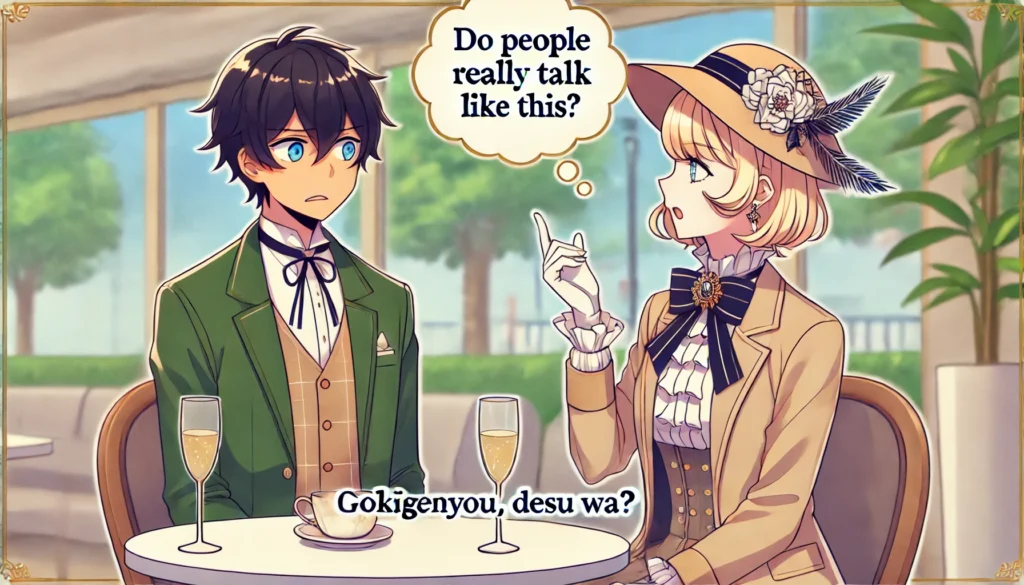
Although role language is deeply embedded in anime and manga culture, real Japanese people rarely talk like this. No one actually speaks like a noblewoman, a samurai, or a delinquent in everyday life.
However, role language is a powerful storytelling tool that helps audiences immediately understand a character’s personality. Even if a viewer doesn’t know Japanese, they can often sense a character’s traits just by how they speak.
4. Conclusion: Understanding Role Language Makes Anime More Fun!
By recognizing role language, you can better appreciate character personalities and storytelling in Japanese media. Next time you watch anime or read manga, try to identify the speech patterns and guess what kind of personality they represent!



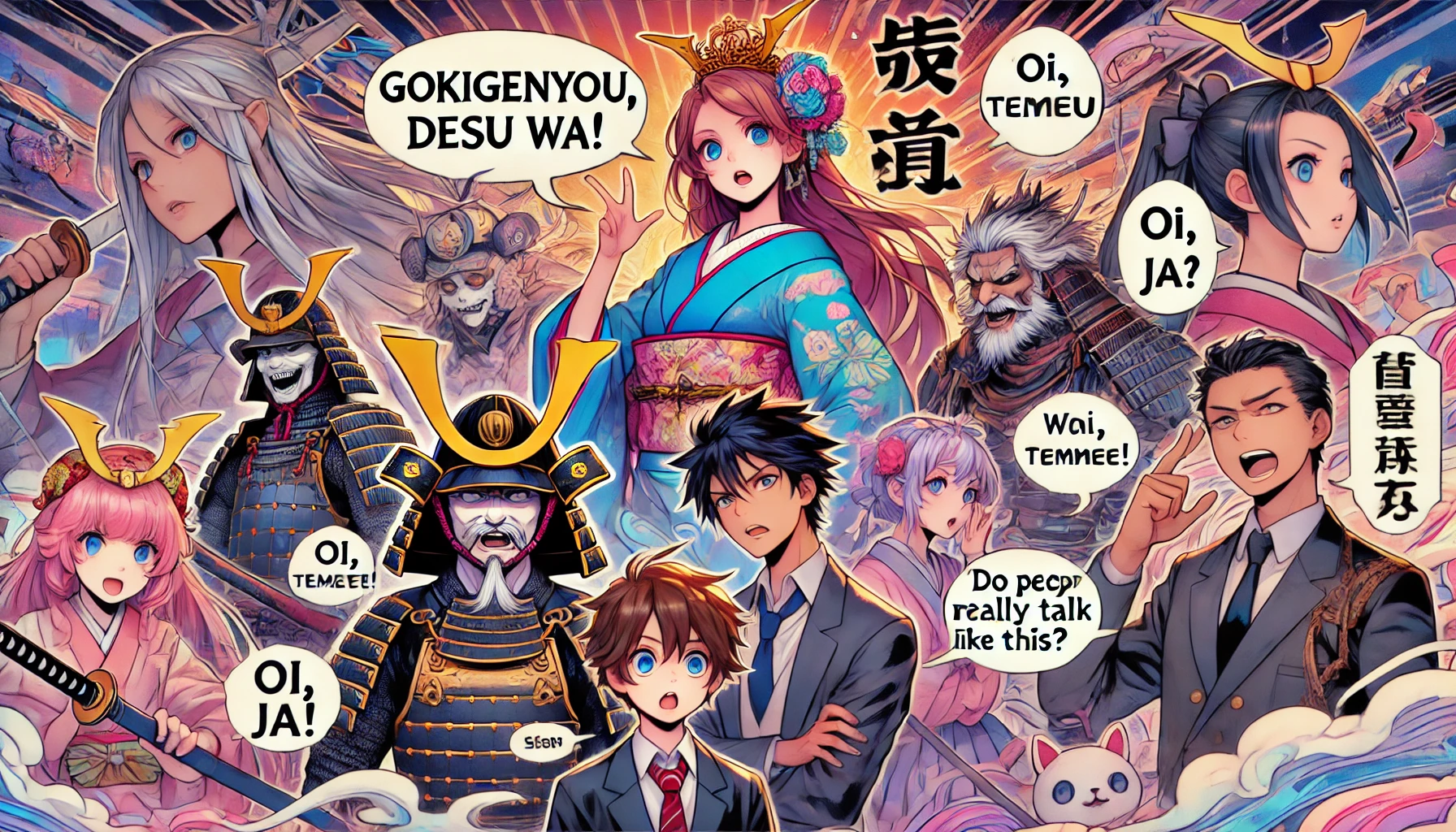


Comments